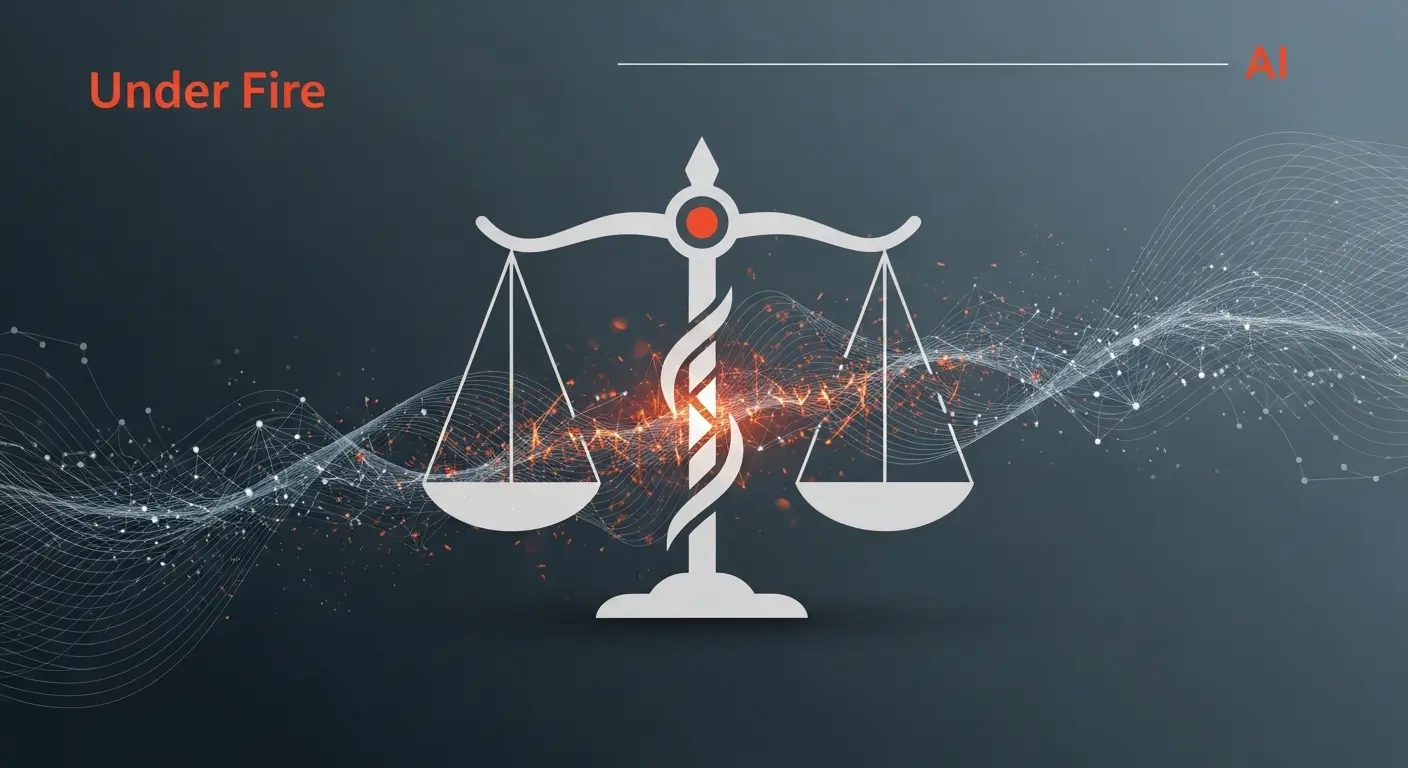Ethics Under Fire: Navigate AI in Legal Practice

About Course
Artificial intelligence is transforming legal practice — but it’s also creating unprecedented ethical challenges. Ethics Under Fire: Navigating AI in Legal Practice equips attorneys, paralegals, and law students with the knowledge and tools to ethically integrate AI into their work. Using real-world examples, case studies, and the ABA Model Rules of Professional Conduct, this course helps participants confidently navigate the legal and professional pitfalls of AI adoption.
Learning Objectives
By the end of this course, participants will be able to:
- Identify and apply key ABA Model Rules and state equivalents to AI-related scenarios.
- Evaluate the risks and benefits of AI tools in legal practice.
- Implement safe, ethical, and effective AI usage policies in their organizations.
- Recognize and mitigate issues related to bias, data security, and accuracy in AI outputs.
- Respond appropriately to opposing counsel’s misuse of AI-generated work.
Key Topics Covered
- Technological competence and AI literacy for lawyers.
- Client confidentiality and secure data handling in AI contexts.
- Ensuring accuracy, candor, and honesty in AI-assisted legal work.
- Recognizing and addressing algorithmic bias.
- Supervising AI as a “nonlawyer assistant” under ethics rules.
- Drafting and implementing firm AI usage policies.
